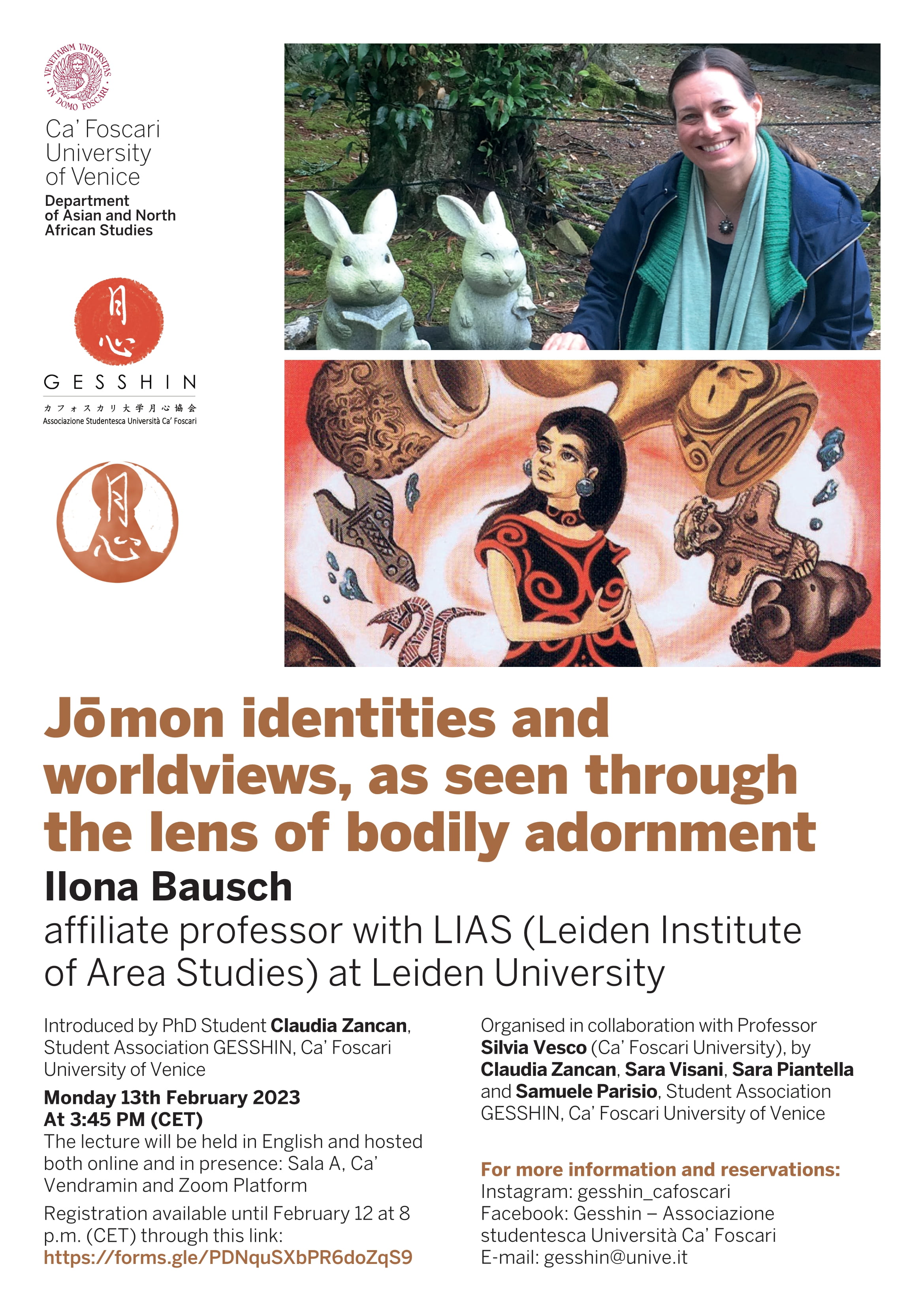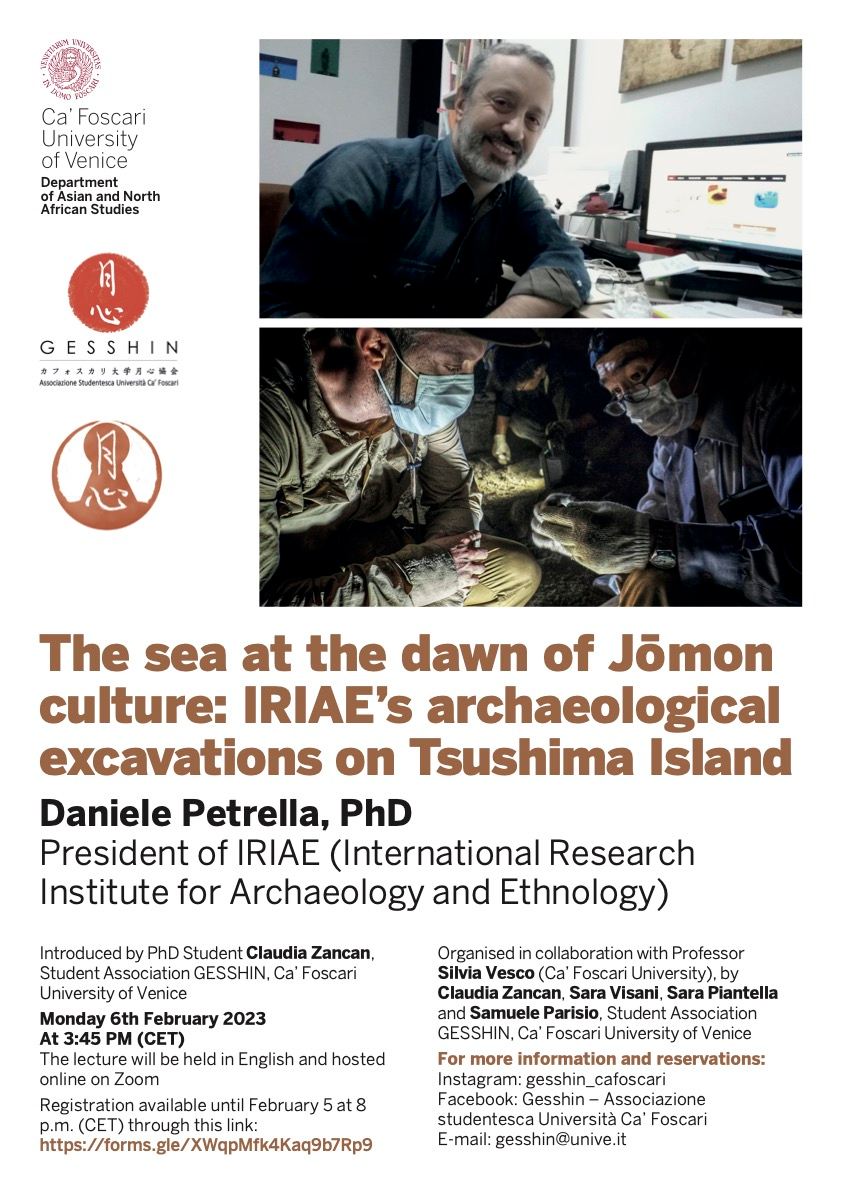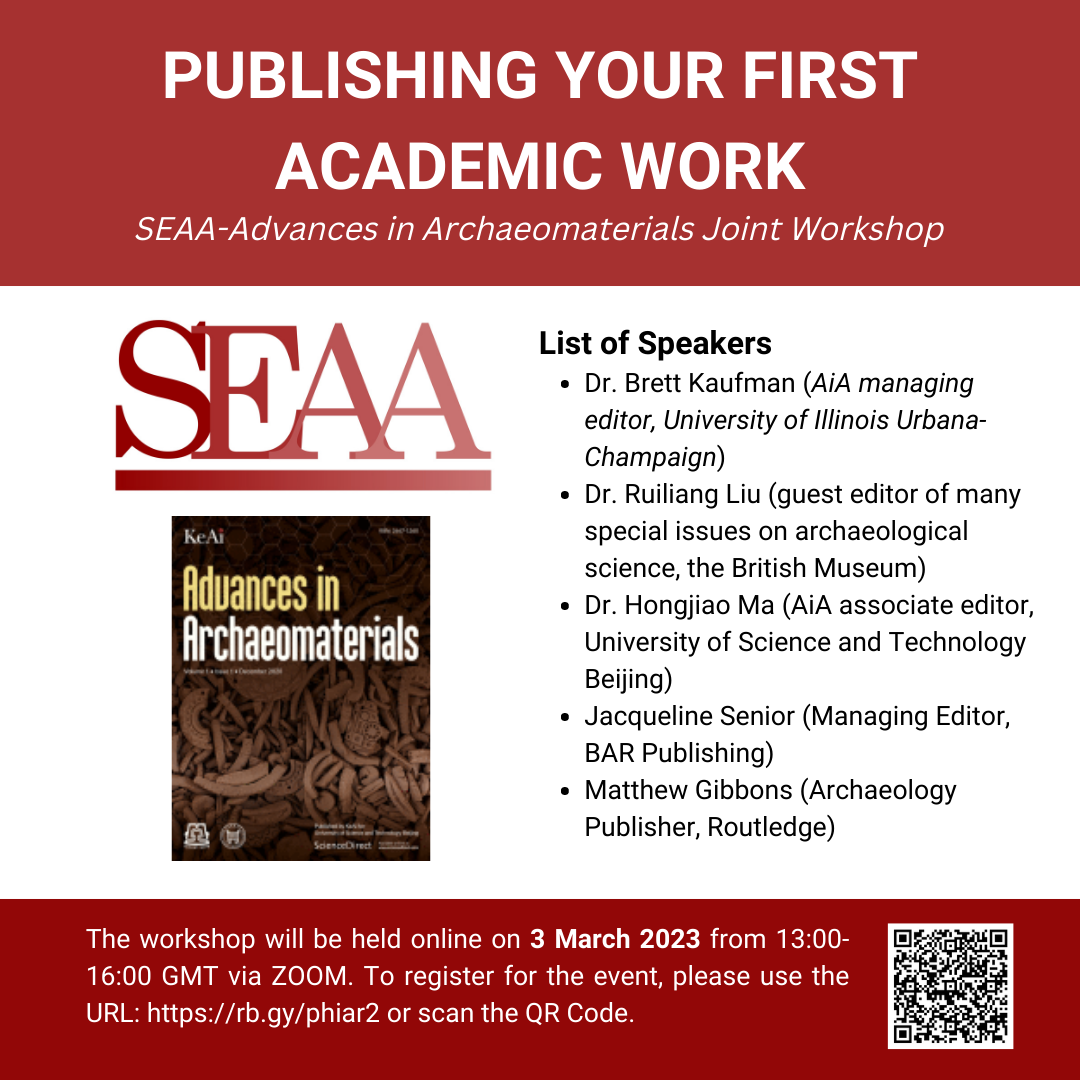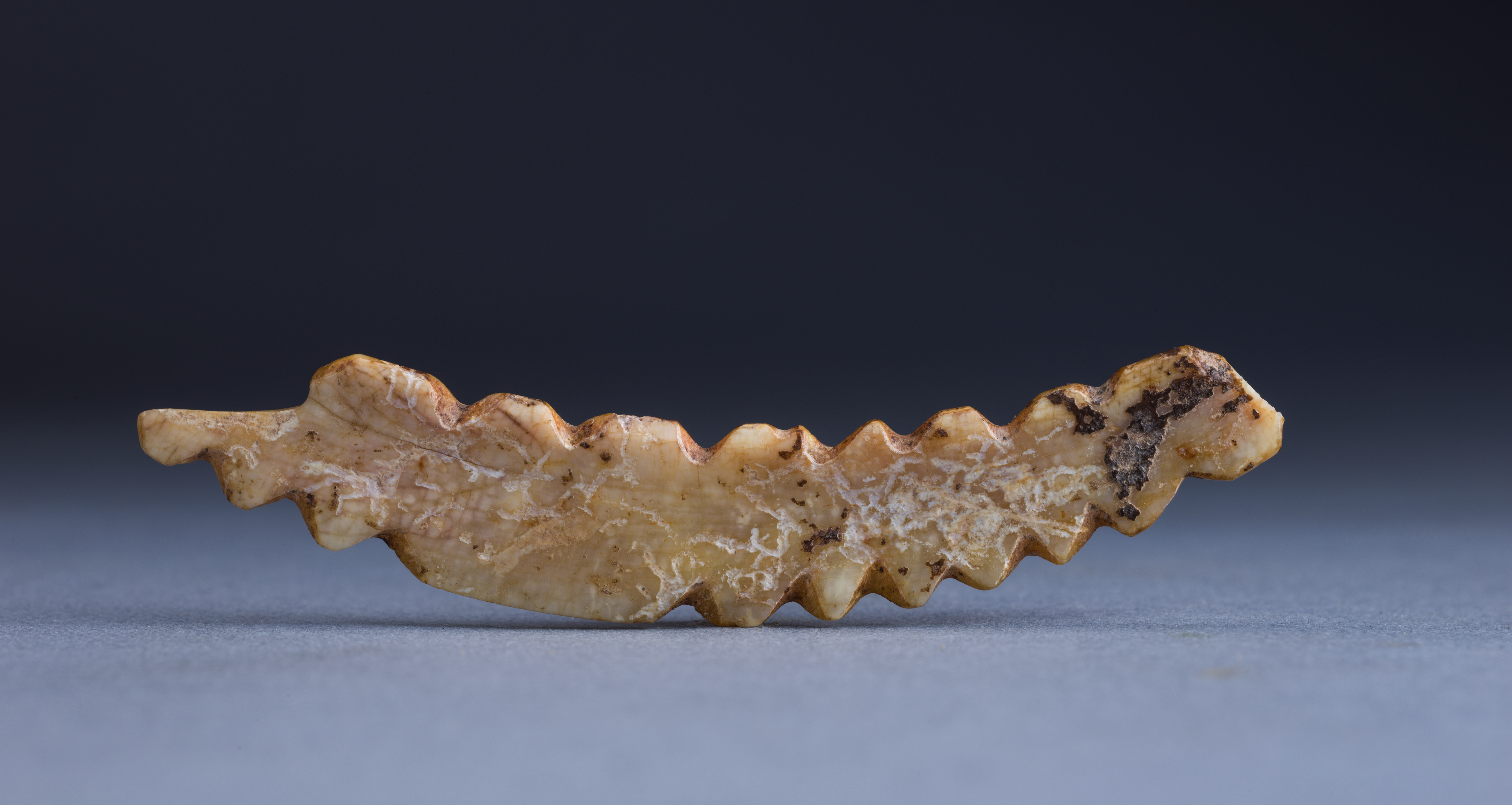It is with sadness that I have to convey the news of James Stoltman's passing, on September 11, 2019, in Madison, Wisconsin, at age 84. Unbeknown to most, he had cancer, but did not show any signs of the illness until very late, and this summer was still working on ceramic petrography for a Chinese project. Jim Stoltman has been a pioneer in ceramic petrography in the US, on the tracks of Anna Shepard, studying and confirming her work. He was instrumental in presenting a methodology of point counting technique as applied to ceramic analysis (e.g.1989), thus promoting quantitative analysis in petrography. He has been a prolific writer, specialized in North American archaeology, publishing many petrographic studies on Mississippian and Hopewell ceramics, as well as being involved in Belgium, and in Chinese projects for several years, notably at Anyang. Jim was Emeritus Professor at the Department of Anthropology at UW-Madison where he taught for many years. He was an avid tennis player, traveler, very positive person and great colleague.
We will miss him a lot.
Isabelle Druc







